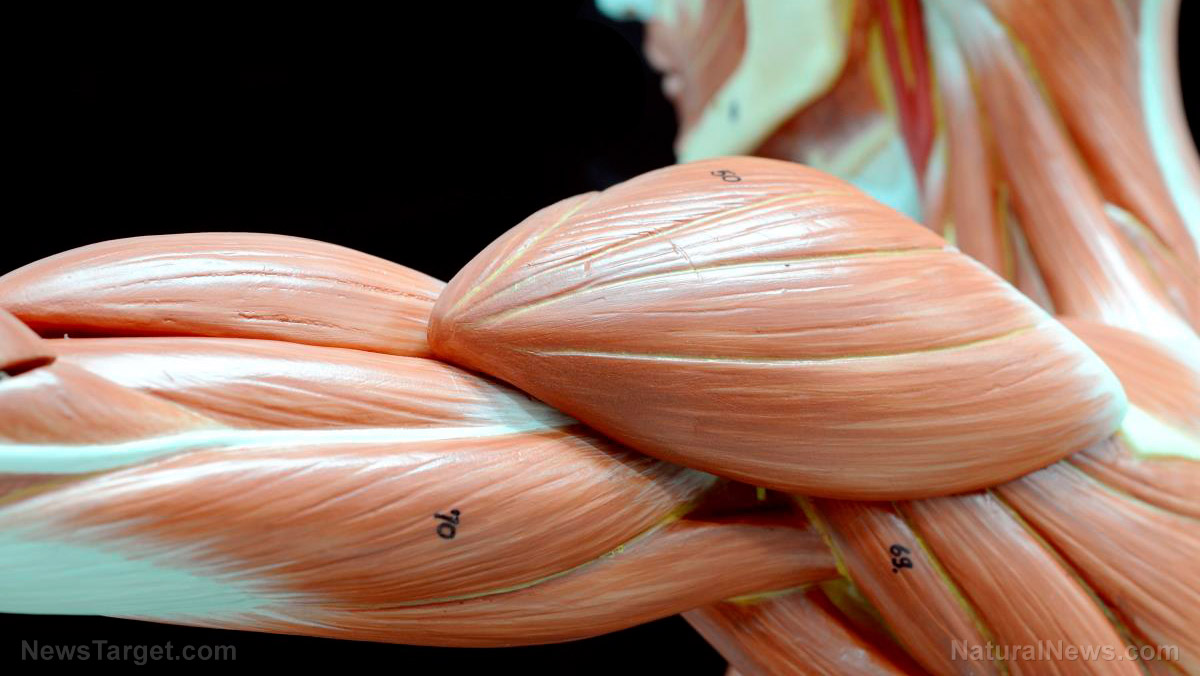
Muscles and tendons are connected to each other by attachments, which are designed to withstand high amounts of mechanical forces throughout an animal's lifetime. In a study published in PLOS Biology, researchers from the Max Planck Institute of Biochemistry in Germany investigated how these mechanical forces are sensed and transmitted in an intact organism. Using Drosophila (fruit fly) as their experimental model, they quantified the mechanical forces transmitted by talin, an essential integrin-binding protein. They found that despite being abundantly present in muscle-tendon attachments, only a small portion of talin molecules deal with mechanical forces at the same time. These molecules, however, dynamically share the mechanical load to provide support and stability to muscle-tendon attachments.
Integrin, actin, and talin
During the early stages of development, the cells of an organism are subjected to various mechanical forces that eventually dictate cell fate. To help them sense and resist these forces, cells rely on integrin-based adhesions, which serve as their core force-sensing structures.
Integrins are cell-surface proteins that act as receptors. One of their main functions is to regulate the interaction of individual cells with their microenvironment to control cell fate. Integrins are attached to one end of the protein talin, which connects it to the actin-myosin cytoskeleton.
Actin is an integral part of the cytoskeleton that gives cells their structure and shape. Myosin, on the other hand, is a motor protein involved in cell motility. The interaction between these two proteins is what makes muscle contraction possible.
The position of talin -- sandwiched between integrin and actin -- gives it the perfect opportunity to process mechanical forces at the molecular level. Talin is not only important for stabilizing integrin-based adhesion, it also mediates cell signaling through its attachment to integrin, actin, and other proteins.
The importance of talin in muscle-tendon connections
To determine how mechanical forces that influence cell fate are sensed and transmitted, the researchers studied the muscle attachment sites of fruit flies. These sites are subjected to high mechanical forces during development. The muscles in these sites also rely on integrin-mediated adhesion to connect them stably to tendons. (Related: Scientists find way to create working muscles from handful of skin cells in lab setting.)
The researchers generated fruit flies with built-in talin tension sensors to allow them to measure relevant molecular forces experienced by the protein. They found that talins in fruit flies encounter the same mechanical forces in vitro as talins in mammalian cell cultures. However, talin molecules operate differently in vivo.
The researchers discovered that, in live fruit flies, as muscle-tendon attachments mature, the forces across talin molecules decrease even while tissue-level tension remains high. Talin also increases in concentration at attachment sites, but only a small portion (less than 15 percent) is engaged by mechanical forces at any given time.
When the researchers reduced the concentration of talin at the later stages of muscle development, muscle-tendon attachments in adult flies ended up rupturing under the pressure exerted by muscle contractions. This demonstrated the importance of high levels of talin in maintaining stable muscle-tendon attachments. It also demonstrated how individual talin molecules work together and share high mechanical loads to fulfill their function.
"This mechanical adaptation concept ensures that muscle-tendon connections can last for life," explained Sandra Lemke, one of the authors of the study.
Lemke and her team also believe that their findings show how cells can adapt to changes in tissue mechanics to prevent mechanical failure in vivo.
Sources include:
Please contact us for more information.

















